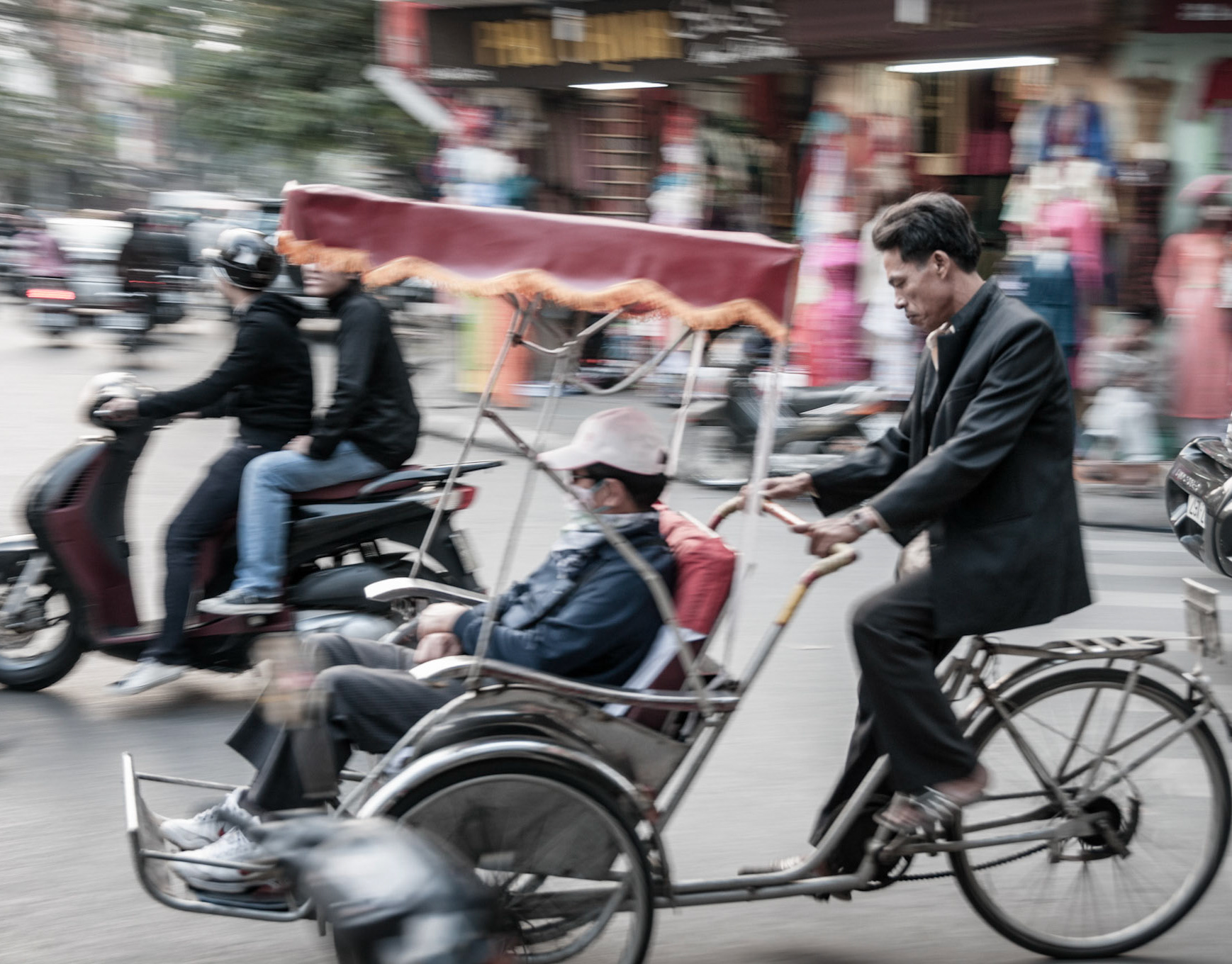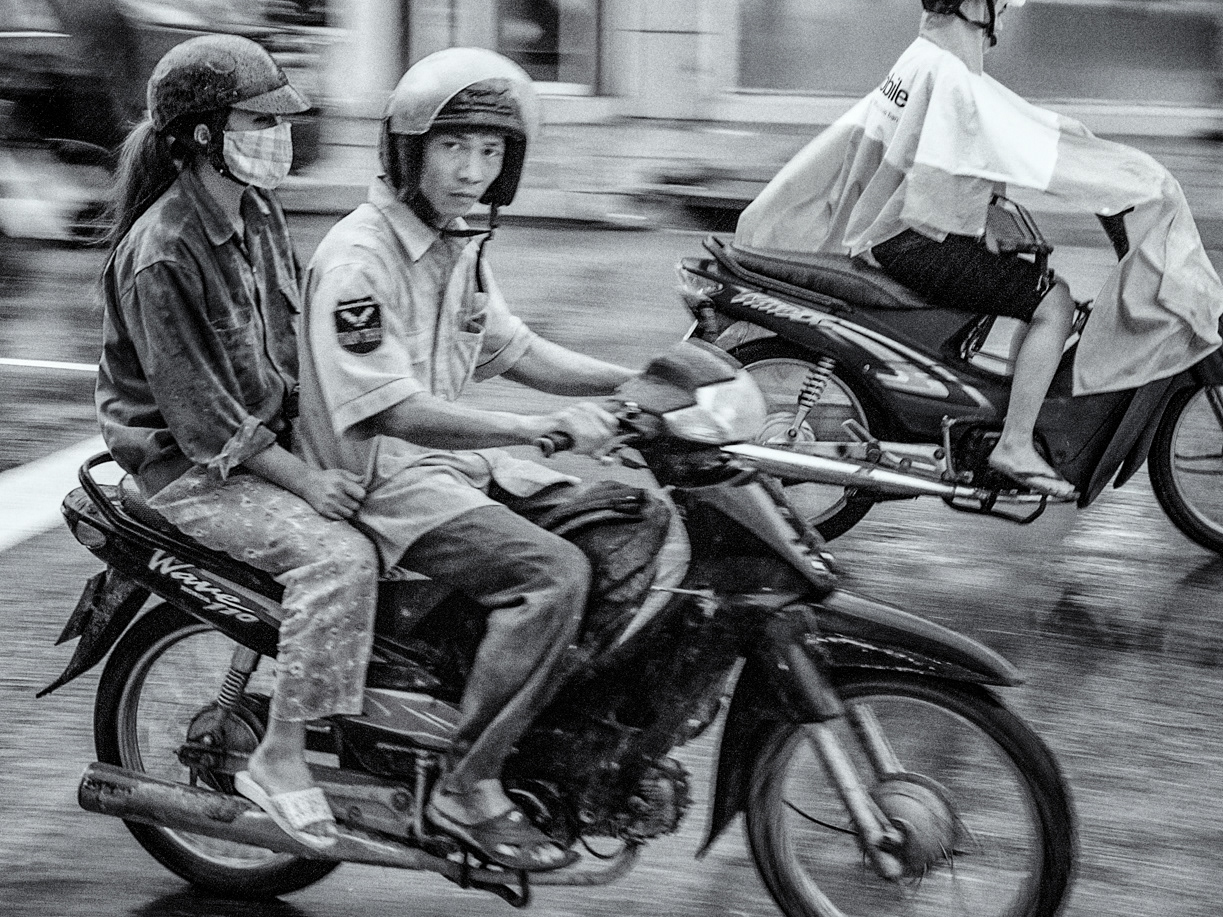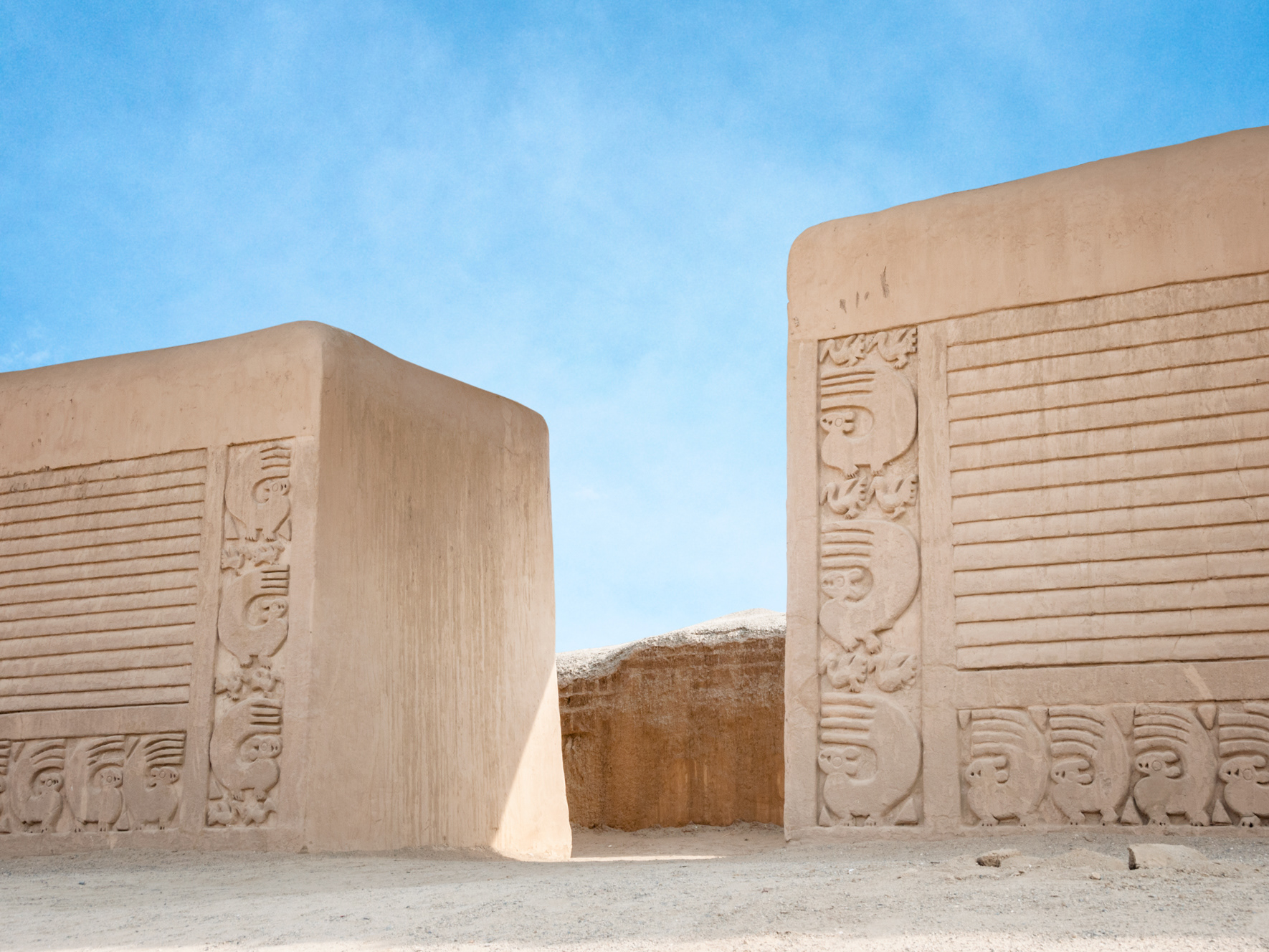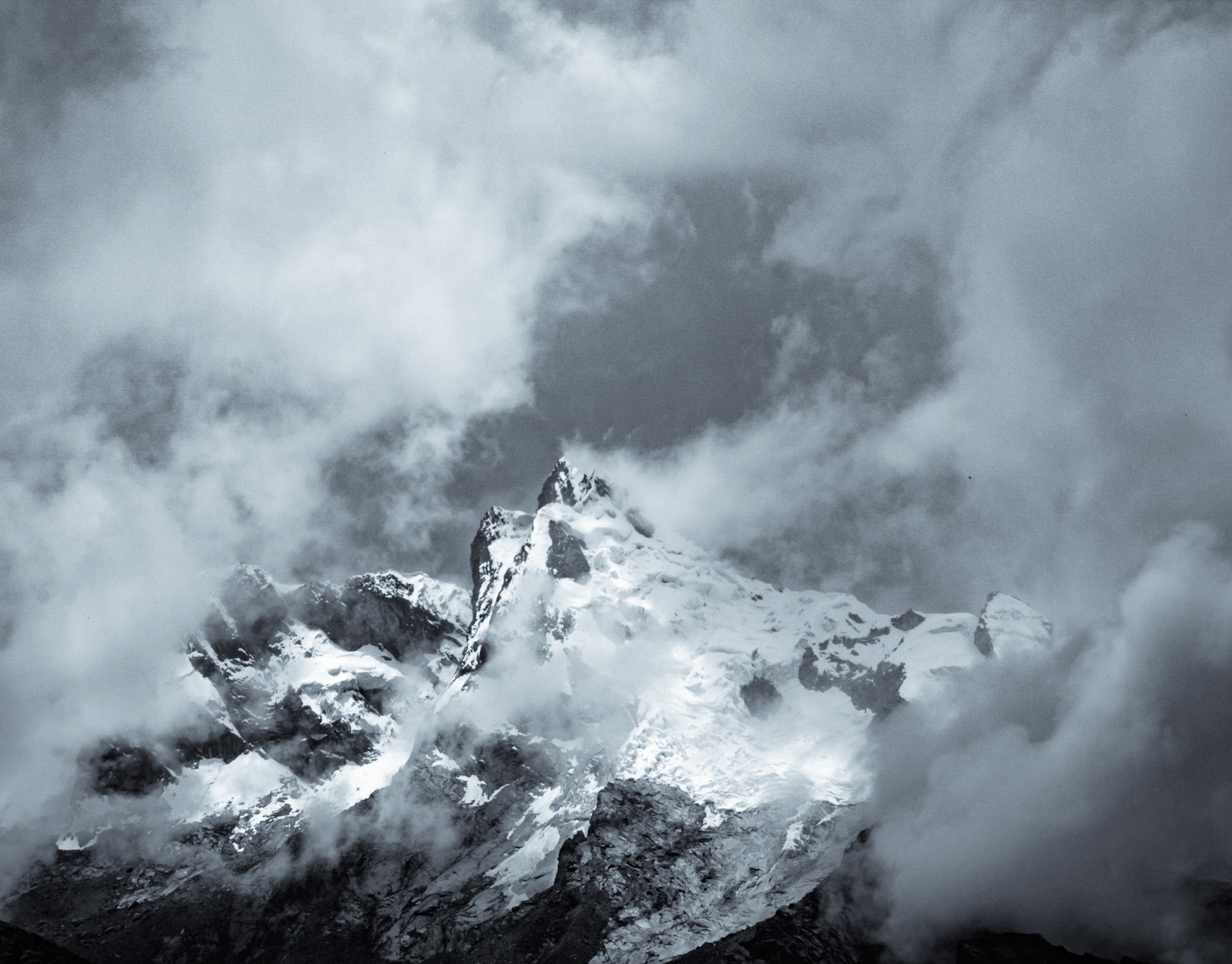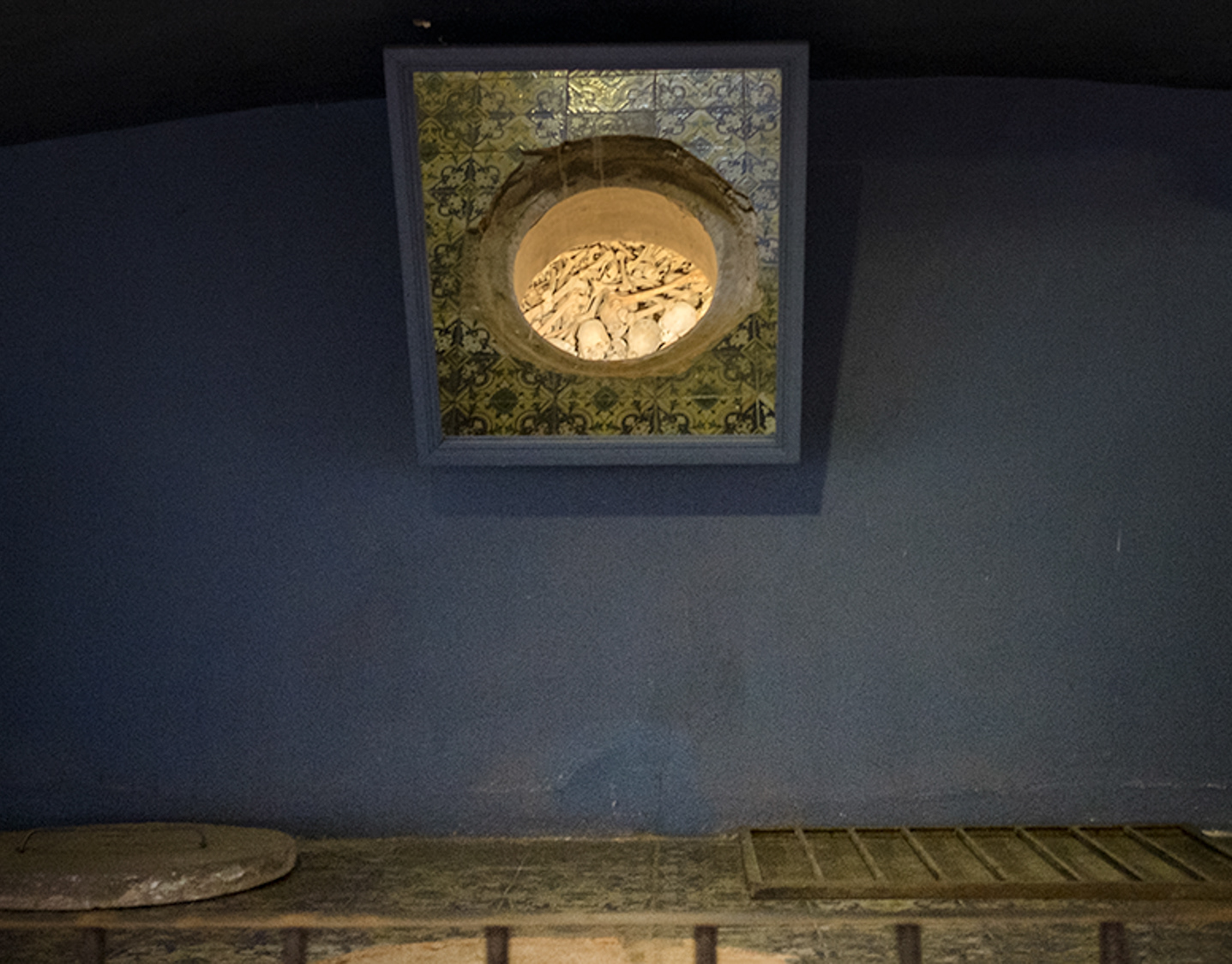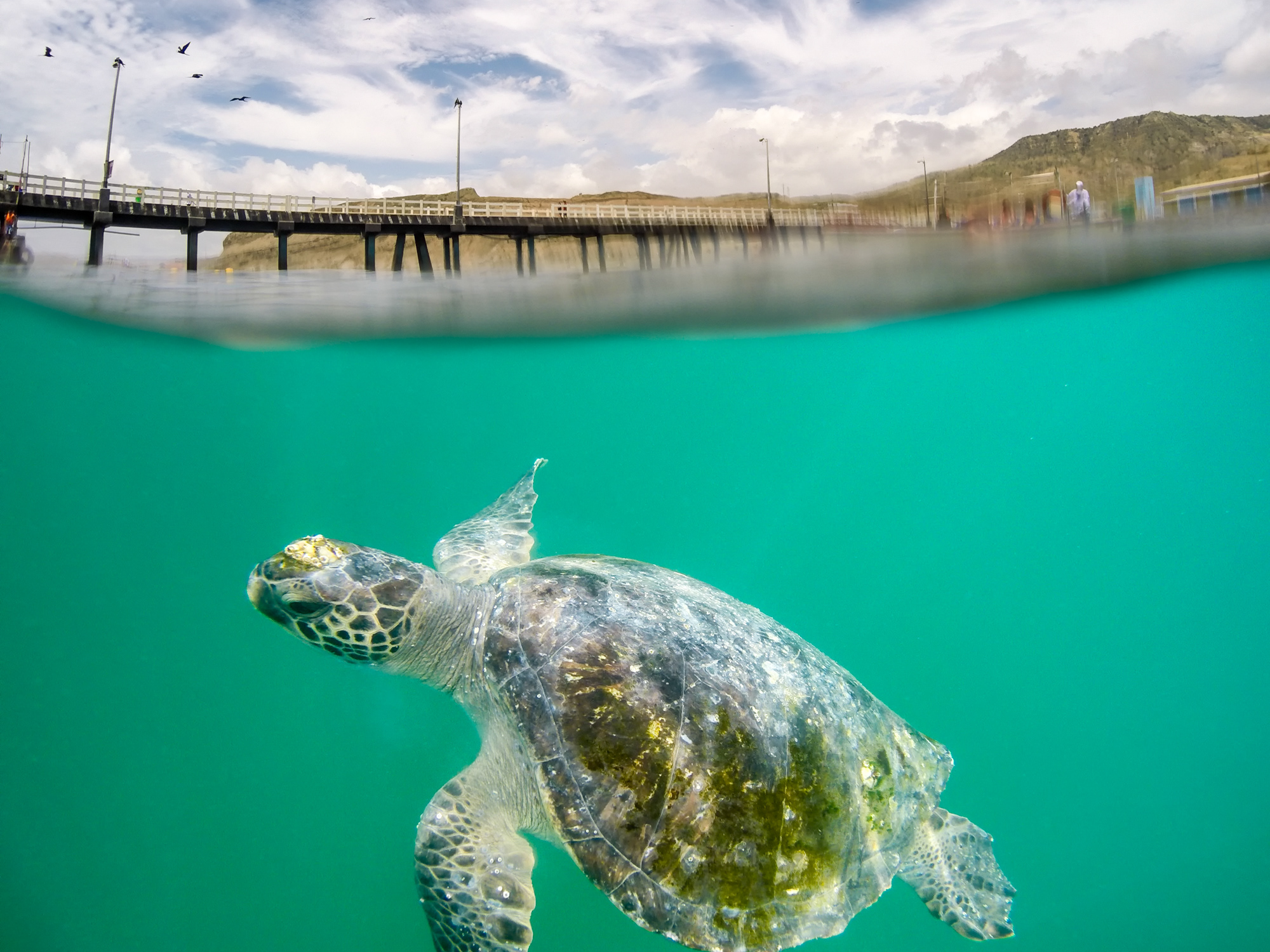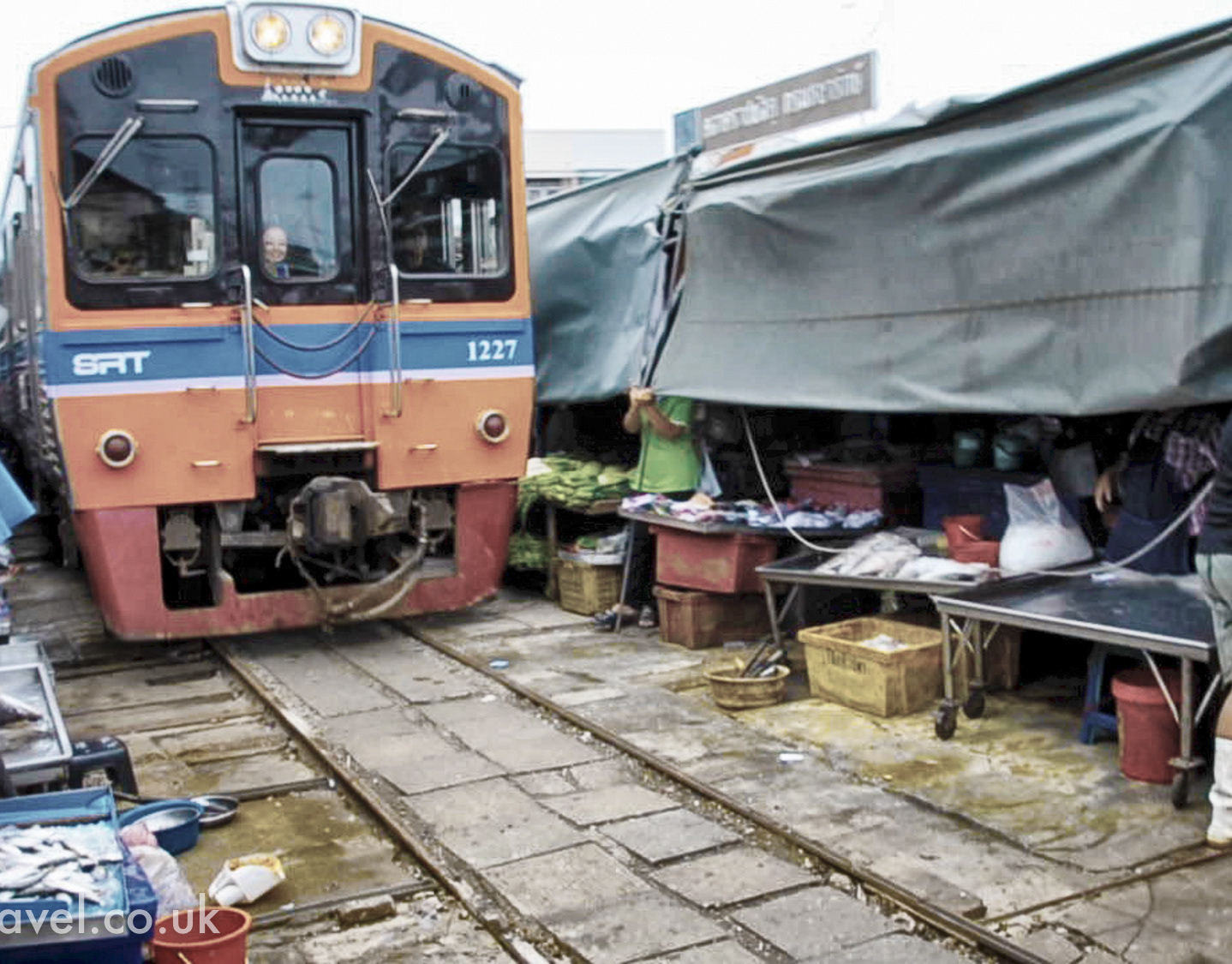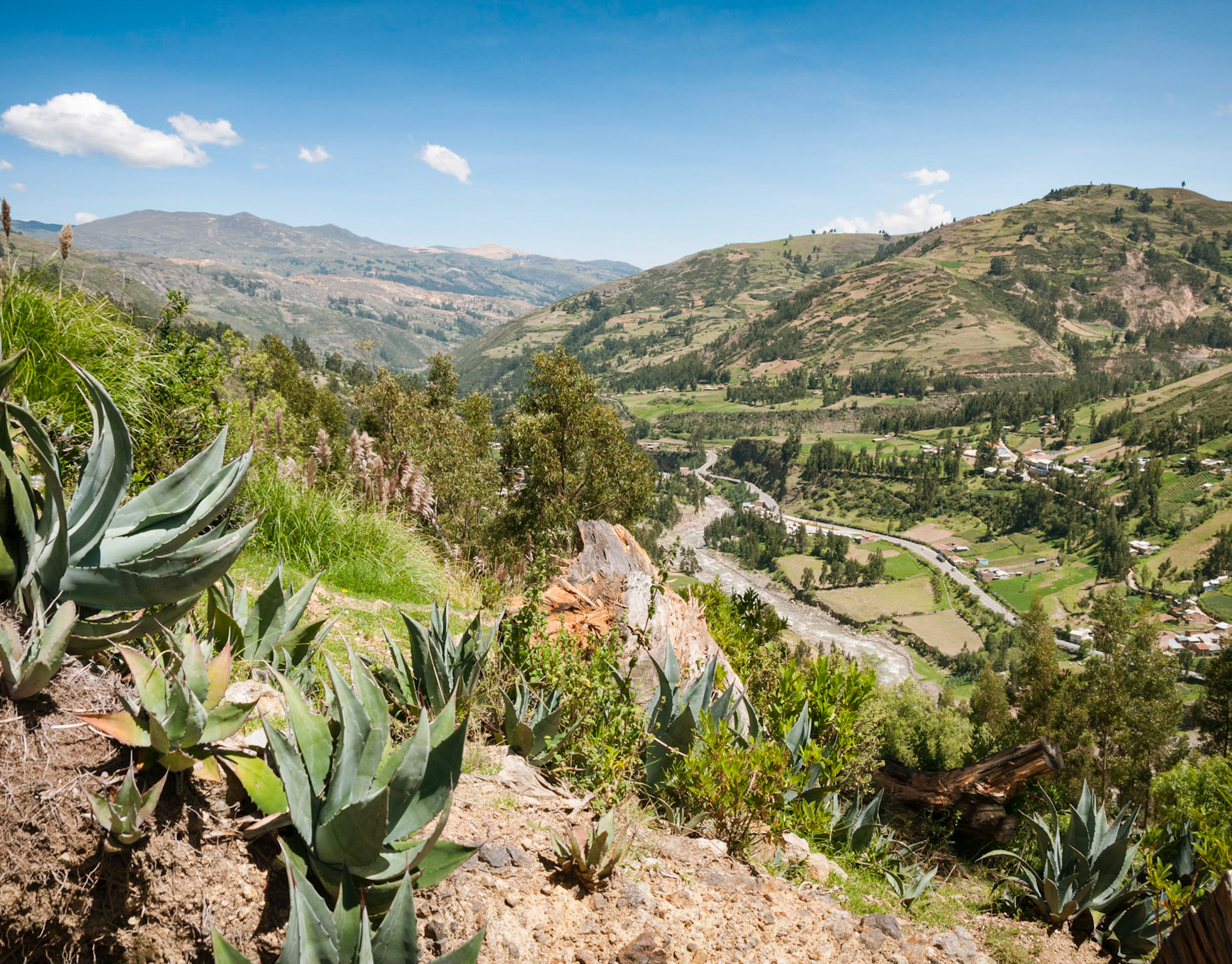Lake Paron is the largest lake in the Cordillera Blanca region of the Peruvian Andes, (when it's full). It’s east of Caraz at an altitude of 4,185 meters. We were based in Caraz where we paid a local taxi driver 120 Soles to take us to Lake Paron and back. We also had to pay 10 Soles each to enter Huascaran National Park.
Although only 32 km, it took nearly two hours to reach the lake on a winding potholed road. We arrived at 9:30 am and luckily for us the morning clouds rolled away and a gloomy start turned into a bright sunny day.
Video
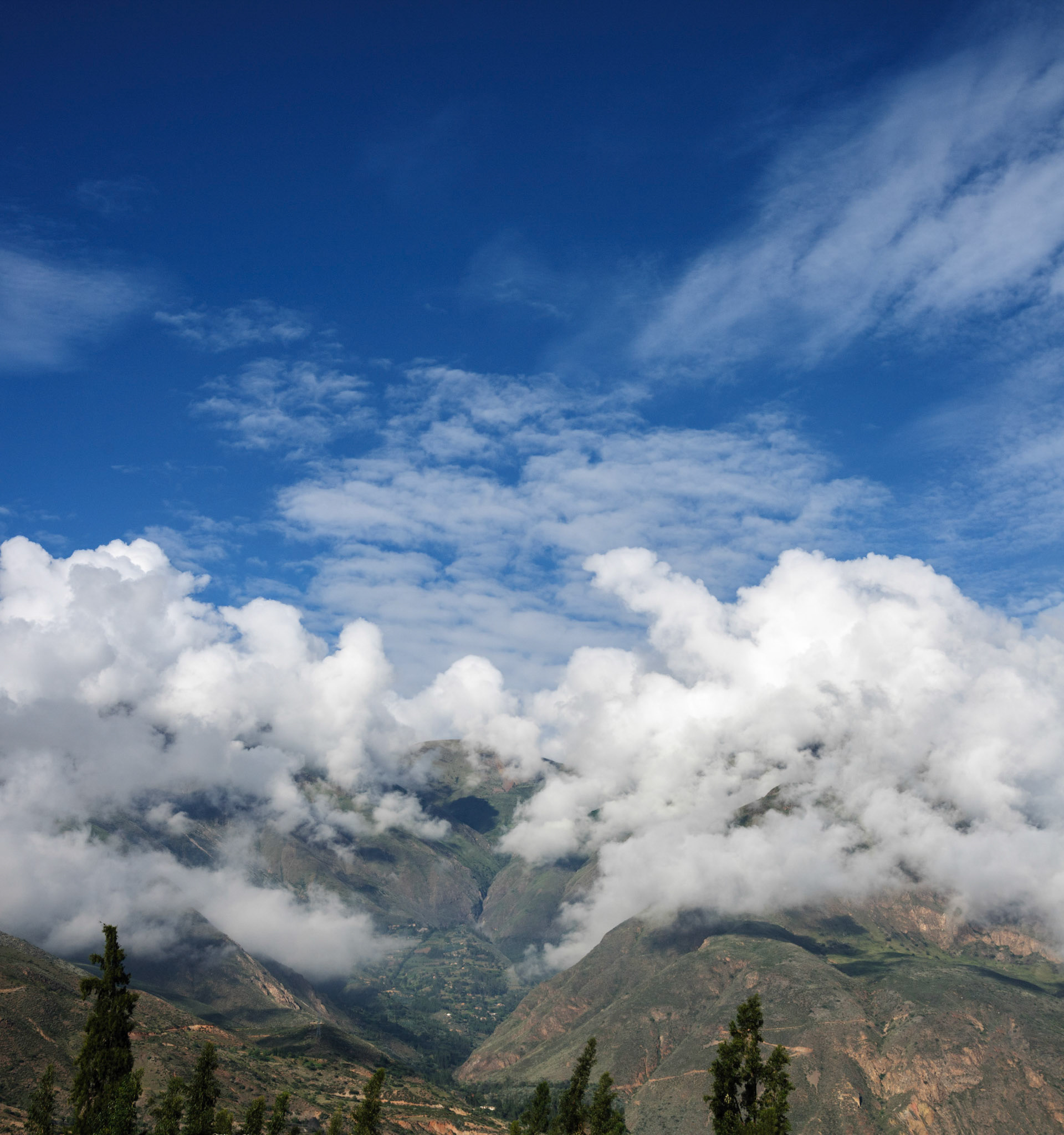
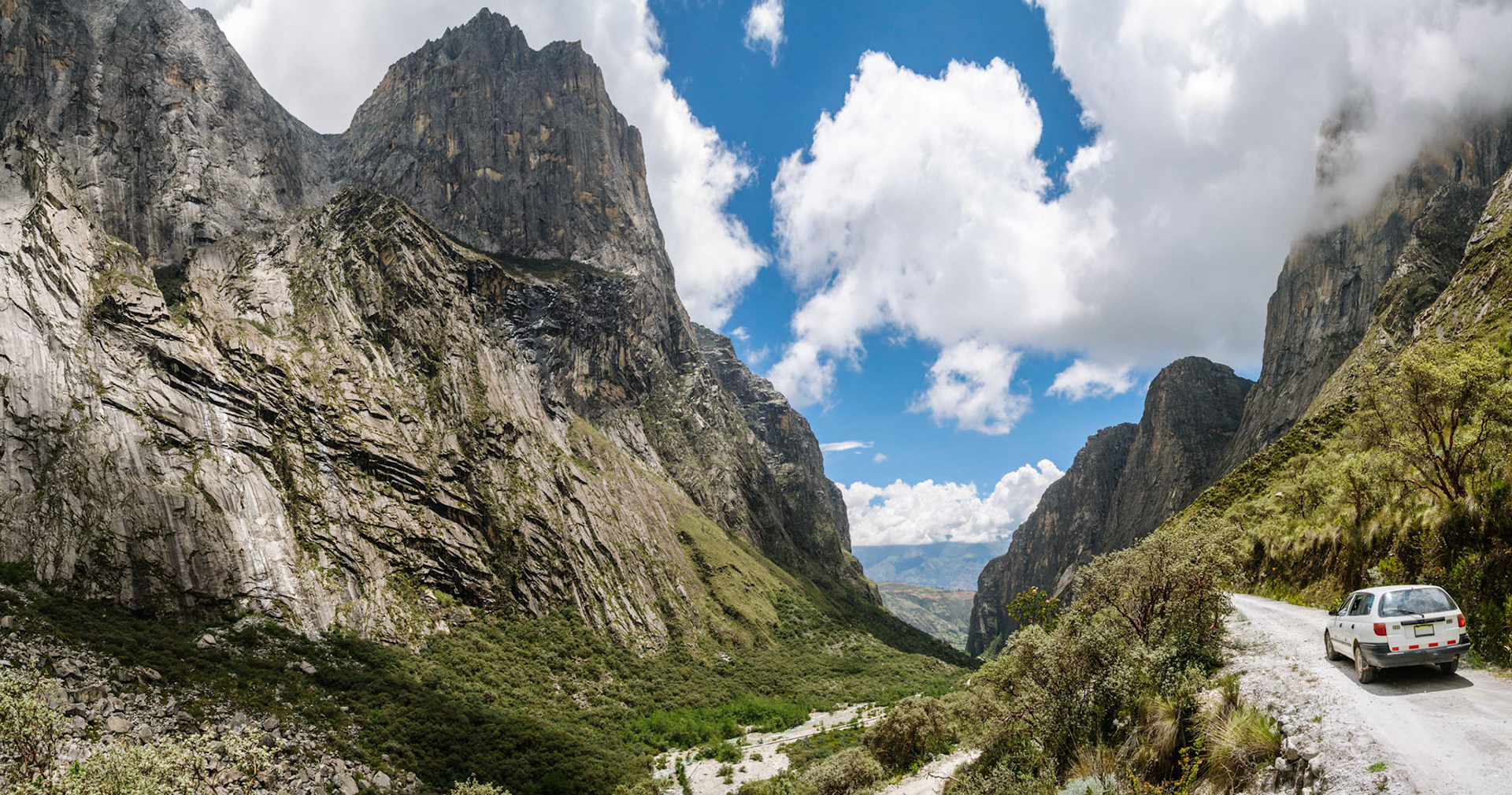
The view of Lake Paron shining a brilliant turquoise with Pyramid Peak in the distance was breath-taking. And no I haven’t boosted the colours in Photoshop, it’s a glacial lake and it really was that vivid colour. We set off walking around the lefthand (north) side, our driver warned us the southern side was quite dangerous. Unfortunately, we didn’t get too far before the trail was submerged by the lake itself. It seems the water level was very high that time of year (end of February) and it was impossible to get passed the lake into the mountains.
None the less, we had a nice picnic and spent a very pleasant few hours enjoying the views.
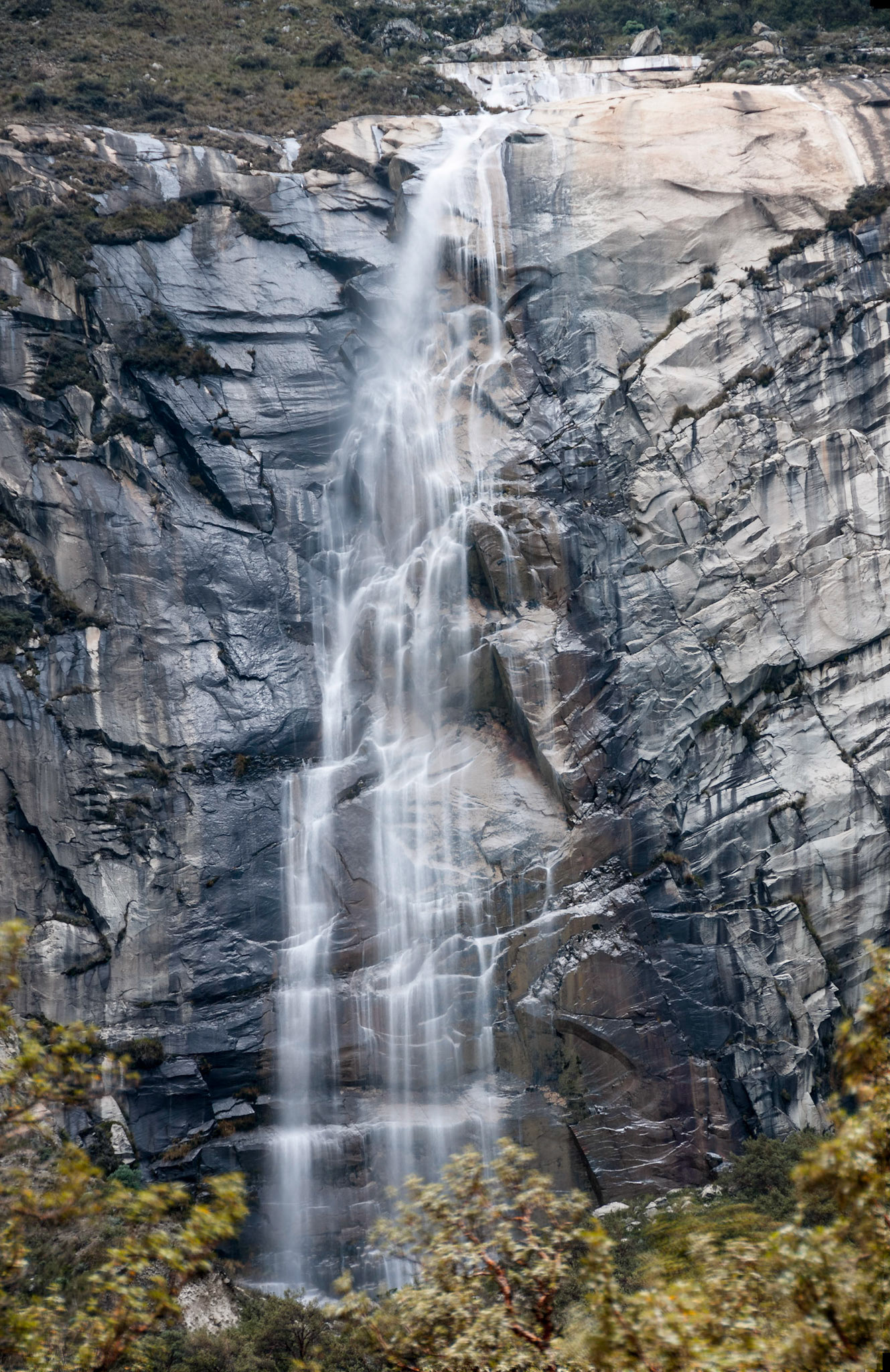
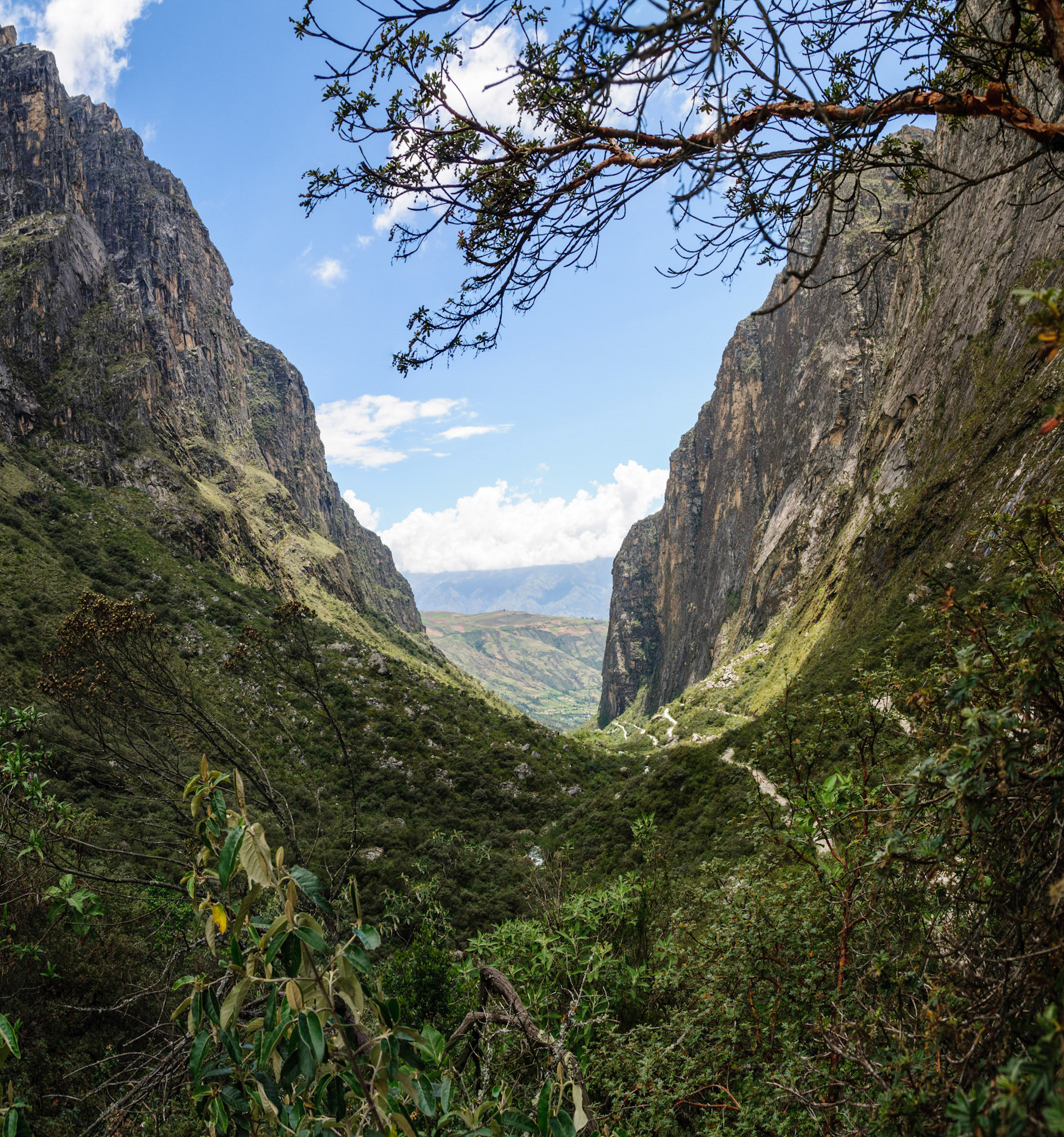
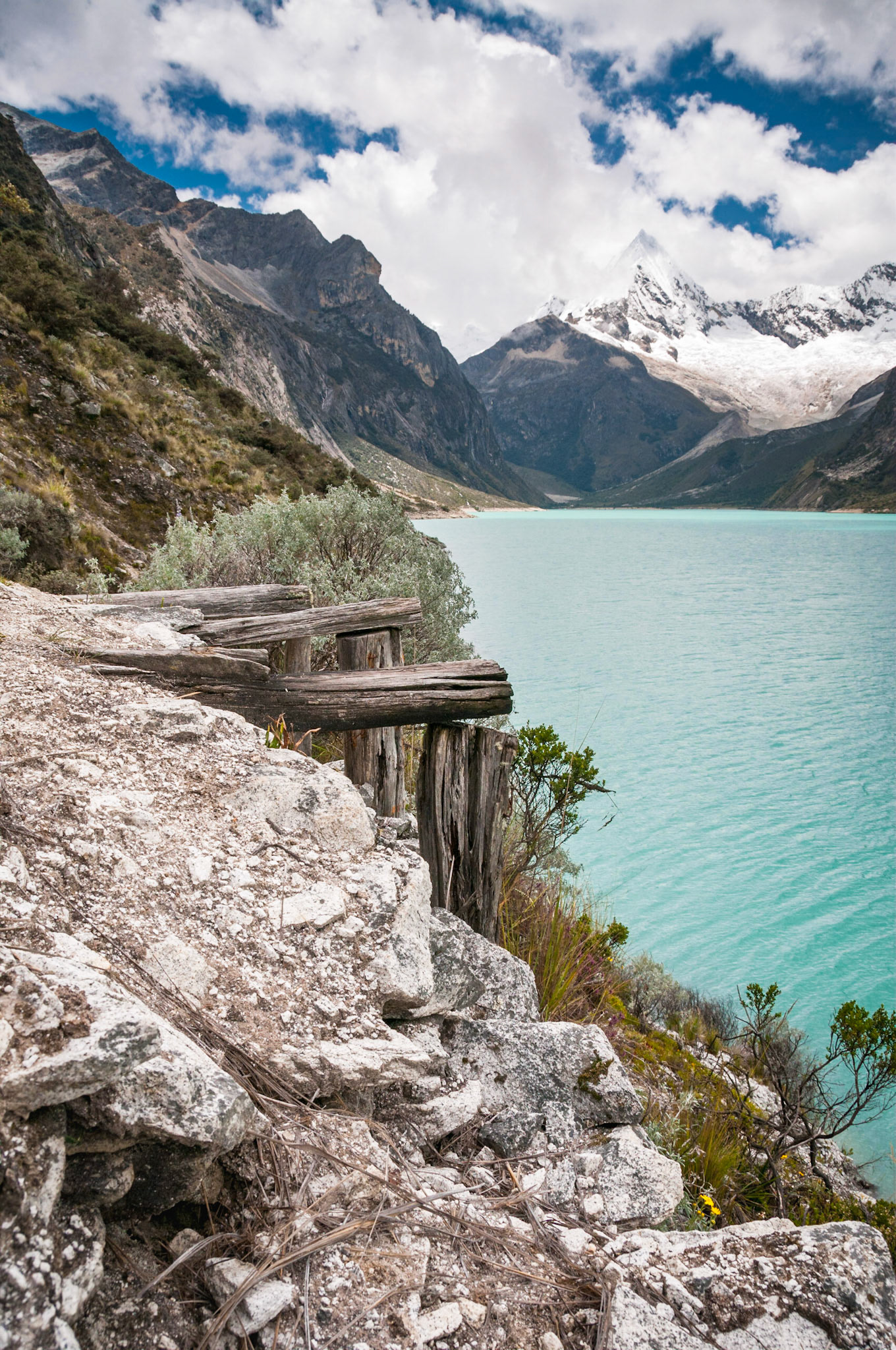
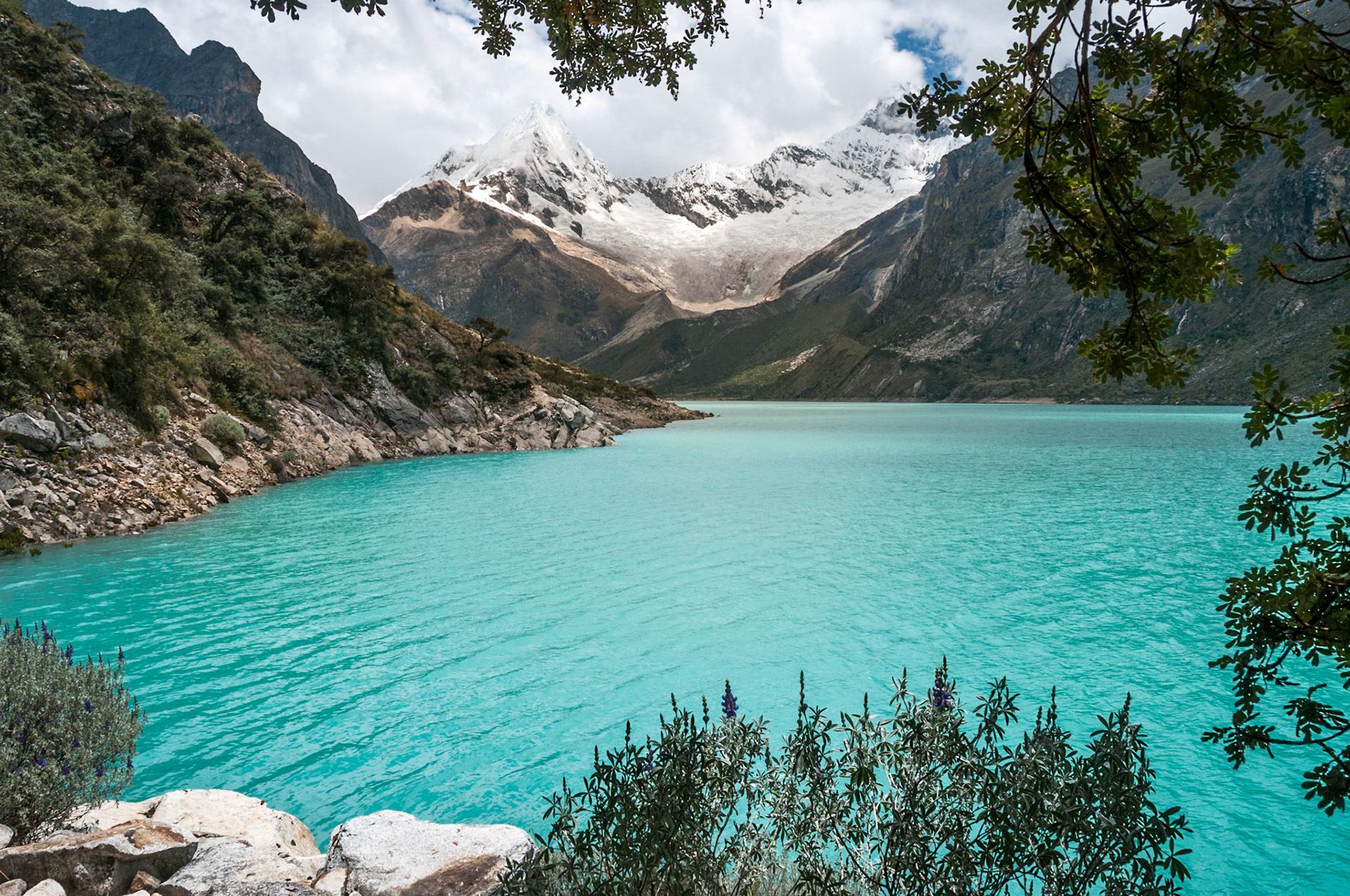

Video
I’ve since discovered the water level of Lake Paron is a contentious issue, involving local culture and tradition, accusations of government corruption, and multinational corporations.
Apparently the glaciers and lakes high in the mountains pose considerable danger to the villages below them. In Yungay, a town just 15km from Caraz, an earthquake in 1970 caused an unstable glacier to dislodge. Twenty thousand people lost their lives in the ensuing landslide.
To prevent a potential repeat of this in Caraz, the Peruvian government installed a drainage pipe and hydro electricity plant at Lake Paron in 1991 to manage the water level. The hydro electricity plant was later sold to a multi national corporation. The private company was, unsurprisingly, more interested in making money than preserving the lakes natural beauty. In the dry season they kept the pipe open and drained the lake until it was little more than a puddle. This angered the locals, for whom the lake is not only of cultural importance, but a source of water for agriculture and a tourist attraction bringing outside wealth into the area. In 2008 the locals had had enough and in something of a coup d’état they took control of the drainage pipe. With the gates now closed the lake is refilling more quickly than ever.
It is uncertain at the time of writing who has control of the drainage pipe now. If you plan to visit lake Paron, you may want to do a some research and find out what the current water level is before you set off.



